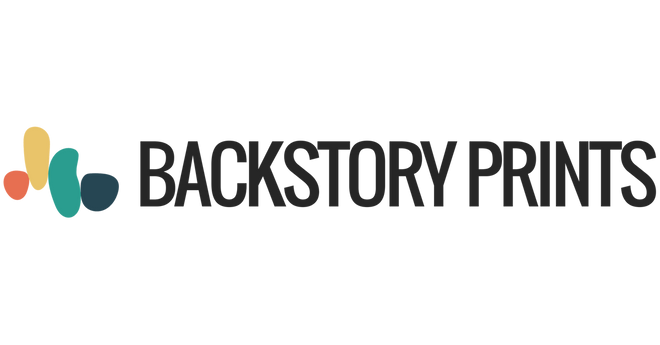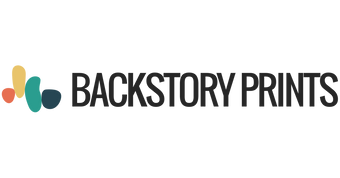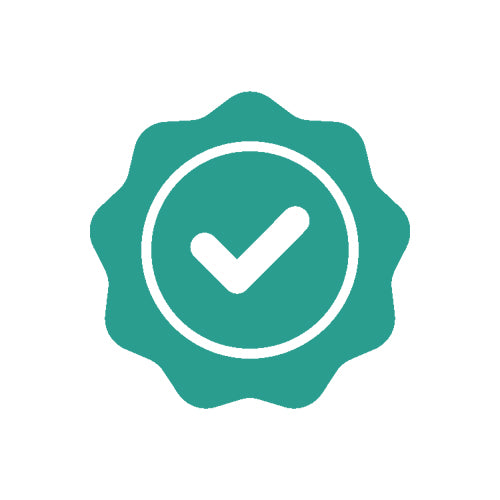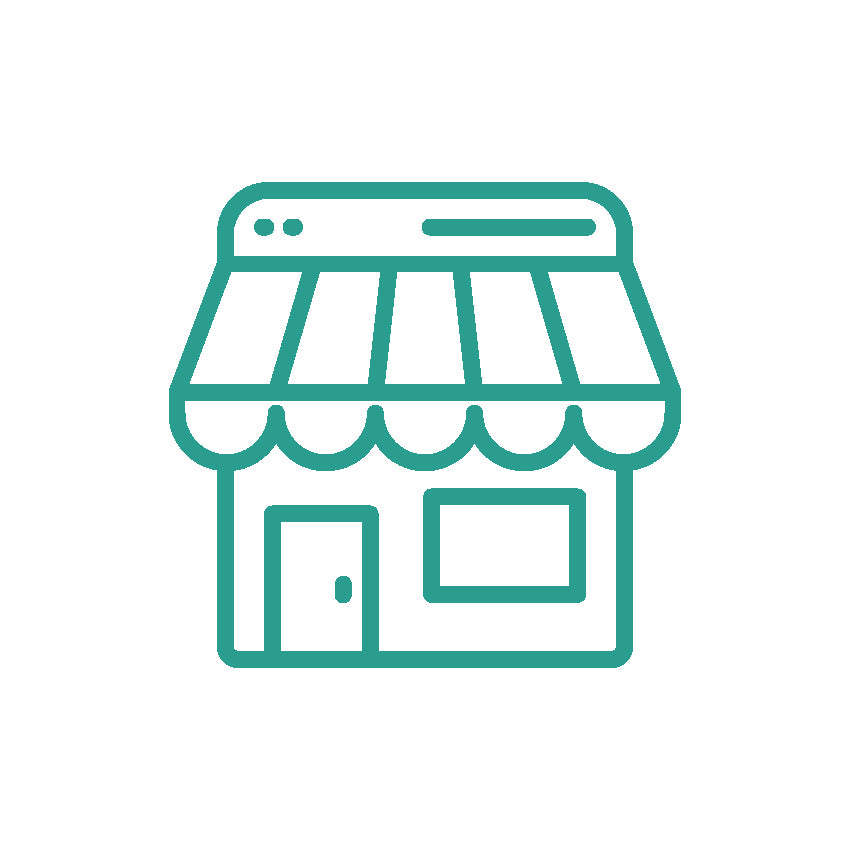How to (easily) Price Your Products for Major Profit (Includes FREE Excel Costing Calculator)
Hey guys,
So, let’s talk about costing. Granted it is not the sexiest part of running a Print-On-Demand business, but it is THE most important part of running a successful one. Putting in hours and hours of work for no money at the end of the month is not why you’re doing this. You want to make money – and lots of it 😁
That being said I am going to show how to easily cost your products to make maximum profit and allow you to actually know what you’re making with every sale.
It may seem like a lot to read through and ingest, but I’ve included a handy Excel Costing Calculator to make it super easy for you to apply all of the below to your business.
Download your Excel Costing Calculator here now:
* indicates required
PRO TIPS BEFORE WE START:
-
DO NOT crowdsource your pricing. We have all seen posts on Facebook groups (that we’re all a part of), asking others how much they would pay for a particular product or design. This is a bad idea because random people on the internet have no data regarding your designs or the work you’ve put into your designs – so there is no way they can give you helpful information regarding what you should charge.
-
DO NOT price your products based on what YOU would pay for them. You are not your target market! You already know how to design and produce awesome apparel products, so you would not pay a premium price for a tee.
-
DO NOT panic price based on emotional or environmental issues (like COVID)! Look at the data surrounding your target market and your shop/s and then make calculated changes.
-
DO NOT price your products haphazardly. For example, if you’re selling Bella Canvas 3001 2XL and 3XL tees at a higher price, make sure you sell ALL your 2XL and 3XL tees at a higher price. In other words, remain consistent with your pricing.
-
DO keep in mind wholesale pricing. You never know where your business will take you – you may get wholesale enquiries or want to supply consignment stock to local stores in the future and if you’re already selling your products at the lowest possible price you can, there will be no space to add in a profit margin for your wholesalers.
Now let’s get down to the nitty gritty – the below formula is what you should use to cost your products and set a retail price:
Design Price + Cost of Materials + Shipping Costs + Platform Selling Fees + Promotion Prices + Profit Margin = Retail Price
Don’t worry if this all seems too complicated – our Excel Costing Calculator will lay this all out for you.
Now let’s quickly go through each of headings in the formula.
DESIGN PRICE
When you’re using Backstory Prints, you don’t have any physical labor costs – like picking, printing and packing your orders BUT there is a cost attached with the creation of your designs. Like they say, time is money. So, if you’re spending time creating designs, there has to be a cost attached to it and you have to ‘pay’ yourself for the time you spent creating.
The best way to do this is to come up with a realistic hourly rate for your own work.
YOUR HOURLY RATE x HOURS SPENT ON THE DESIGN = DESIGN PRICE
If you’re outsourcing design services, then it’s easier to figure out what the design price is. It’s basically what-ever you paid for the design.
Once you have your design price, you need to figure out what your design price per item will be. One way to do this is to estimate how many of this particular design you plan on selling. In which case, you would use the formula below:
DESIGN PRICE / NUMBER OF DESIGNS YOU PLAN TO SELL = DESIGN COST PER PRODUCT
However, sometimes you can’t really be sure how many designs you'll sell (which is most of us!). In this case, you can go the other way around and, once you have your retail price and know your profit margin, see how many units of your product you’d need to sell to break even at your chosen price.
DESIGN PRICE / YOUR PROFIT MARGIN = MINIMUM ORDERS TO SELL
COST OF MATERIALS & SHIPPING COSTS
Luckily with Backstory Prints, we have kept the cost of materials (i.e. your t-shirt + printing costs) as low as possible. Let’s take the Bella Canvas 3001 Medium as an example:
-
Backstory Prints Cost (1 side print): $7.35 + $4.00 shipping
-
Other POD Cost (1 side print): $12.95 + $3.99 shipping
Check out the entire Backstory Prints apparel catalog here to get the BEST material costs in the market!
Just a note that we’re including shipping costs here (even though in most cases, customers will pay for shipping) so that you can run ‘free-shipping’ promos during key periods like Black Friday / Cyber Monday and Christmas and still make a profit.
PLATFORM SELLING FEES
Another thing to consider is the platform/s you will be selling on. Each platform has fees associated with selling on their site – a.k.a. referral fees – and this is how platforms like Shopify, Etsy, Amazon and many others, make money. It is important to try keep your pricing consistent on all platforms – especially if you’re trying to build a legitimate brand.
PROMOTION PRICES
It’s always a good idea to add a small percentage to your costing as a buffer to allow you to run promotions during key periods without eating into your profit margin too much.
PROFIT MARGIN
This is the difficult part for many sellers. The impulse is that if you price your products lower, you will sell more. This is NOT always the case.
I’ll give you a real-life example: I used to run an online jewelry store and my initial instinct was to price my products as low as possible to make maximum sales. (Was I ever wrong!!) After 60 days, I had made very few sales. Being super confused and after looking at a thousand factors (like ads and impressions, etc.) I decided to relook at my target market (and my products – the quality, the source, etc.) and decided that based on these aspects, I have waaaaay underpriced my items. At that point, I thought that I really had nothing to lose - I was getting zero sales in any case, so as a test, I doubled my prices!! (Crazy right!) BUT within a week I was selling like crazy. The moral of the story is that your prices HAVE to appeal to your target market and reflect the work, love and passion you’ve put into your designs.
Also consider when you’re determining the profit you want to make on each product, what type of audience you’ve made your products for. If you’re targeting a high tier audience, your prices have to reflect that. If your designs are really unique, hand drawn or made for a very small niche, you should definitely consider targeting a higher tier audience. (Note that if you’re targeting a higher tier audience, your store/s HAS to reflect the overall brand image…meaning a beautiful logo, eye-popping product imagery, etc. We’ll get into this another time – but you get the gist.)
Similarly, if you’re targeting mid or low tier audiences, your prices have to reflect this too.
Soooo, now that I have explained all the different factors at play, download our Excel Costing Calculator and get started. Please also watch the video below for a quick run through of how the Calculator works.
If you have any questions what-so-ever, reach out to me directly at helpme@backstoryprints.com and I will be more than happy to help!
Good luck!
Yasmine








Leave a comment